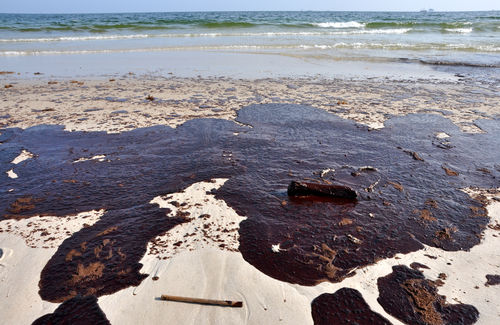The Mind-Blowing Challenge of Cleaning Up Oil Spills
Oil spills come in all shapes and sizes and they are often found in hard to access locations. In environmentally sensitive areas, they’re instant disasters. Given the large number of oil spills in recent years, the miracle is that they haven’t done more damage.
Cleaning up oil spills can be called a labour of love. It can be extremely hard work, and pretty thankless work, too. The problems of oil spills are much more obvious to the public than the achievements of cleaning up “impossible” problems.
Oil Spill Clean-Up Basics
An oil spill can disperse oil over a huge area. The initial problems are to contain the spill and prevent more oil from entering the water. This can be a truly challenging, difficult job. If, as happened recently, a tanker runs aground on the Great Barrier Reef, there are several critical issues:
- The containment job has to deal with currents on the Reef
- The clean-up operation has to find access for vessels through the Reef,
- The top priority is to deal with shutting down the leak, wherever it is on the ship
- If it’s cyclone season, the risk factors for the clean-up operation increase dramatically
Meanwhile, the clean-up operation must also:
- Assess the spill in terms of volume
- Figure out where the spill is going, at what rate, and in what sort of volume
- Get the clean-up rigs, booms and skimmers in to position
- Using a large number of onsite staff to manage the issue
- Consider other options for clean-up operations, like chemical dispersants and biological agents like nitrogen and phosphorous
A large spill, in turn, brings with it large problems. If you’re dealing with a huge capacity spill, the time factor becomes an issue. Larger amounts of oil come with drastically increased degrees of difficulty. Each of the control measures has to be evaluated for issues like what resources can be delivered onsite. The other factors in play are how quickly and naturally will these resources be adequate to do the job? Will more resources be required?
Add to these problems the fact that an oil spill is quite literally a moving target. The time factor also dictates the damage potential of the spill. Will the spill move out to sea, or will it stay closer to shore and contaminate the Reef? Will the response team deploy the spill equipment in time to increase the capture capacity?
The Modern Response to Oil Spills: Fast, Efficient and High-Tech
Since the horrific Exxon Valdez spill in 1989, technology has moved fast. New, more efficient skimmers and rapid deployment booms allow for much more operator friendly, effective and timely cleanups to manage spills. The reduction of staff required to deploy the old standardized booms is now a thing of the past as 1 person can deploy a boom in less than 5 minutes, click here to see how. (link to youtube clip RD boom deployment)
Need to Source Oil Spill Management Resources?
Oleology are oil spill specialists. We use the latest technologies, backed up by years of experience in oil spill management. Contact us online or on 1300 948 756. We have the capacity to deliver scalable services according to client needs. We also provide consultancy and technical services. We’ll be happy to assist with any services you require.



